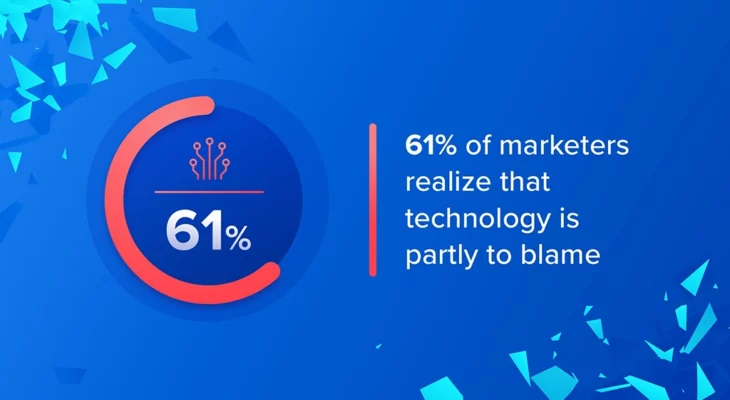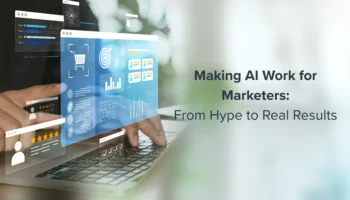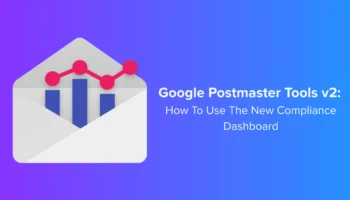The world we inhabit is growing more and more complex: consumer demands for personalization are growing, we communicate on more channels than ever before, and there are more martech tools popping up each day. These, among many other things, have created the perfect storm for even the strongest of marketers to fail at achieving their 2020 goals.
It’s extremely frustrating for marketers and customers alike. These issues translate into personalization fails: inauthentic messaging, %first_name% flubs, and spamming. Possibly the most aggravating aspect of these bad situations is that marketers aren’t directly responsible for failure. Everyone on your team could be giving 110% towards creating an amazing customer experience, but it will ultimately fall flat if you don’t watch for these key problems.



